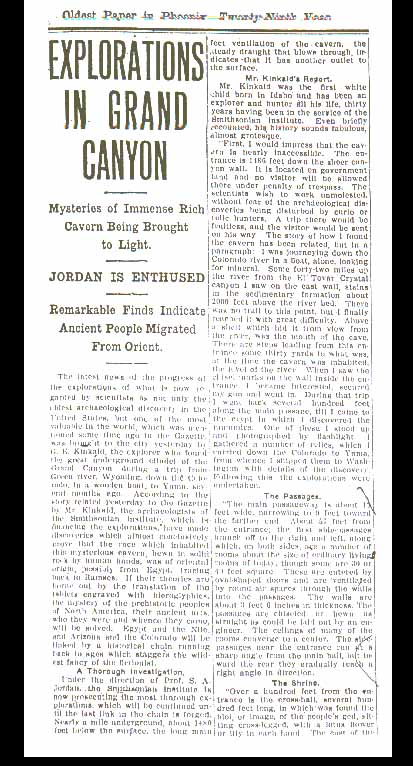Best viewed at 1080p
In ancient mythology, religion, and literature, the serpent was often a symbol for fertility and the creative life force, and has also been largely associated with water and earth. There was rarely an ancient culture in which the serpent did not receive the prayers and praises of men. At first it was worshiped as a deity of the sun's light, knowledge, and power. Sometimes winged, sometimes feathered, the serpent was a symbol of the gods of Egypt, China, Sumeria, Persia, Mexico, Chile and Peru.
Across ancient Europe, especially in Scandinavian countries, almost all the Runic inscriptions found on ancient tombs are engraved upon the sculptured forms of serpents. Therefore, the serpent relief and signs found on the surface of a cyclopic stone block found near Bosnian Pyramid of the Sun assume both decorative and symbolic significance.
In ancient times the serpent was also a symbol of death, so some might assume that stones it graced are tombstones. However, this particular stone block, discovered while scouting areas west of the Bosnian Pyramid of the Sun, may have had another ritual function, especially because of its unusual dimensions: 3,50 x 1,80 x 0.50 meters (11.4829 x 5.9055 x 1.6404 feet).

Photo: Serpent relief on cyclopic stone block found near Bosnian Pyramid of the Sun. Detail.
The relief scene most probably shows a serpent deity swallowing an egg. Traces of the same mythological presentation can be found in other pyramid-building cultures. For example, in ancient Egypt, Kneph was considered the most powerful winged serpent and was made the personification of the creator and ruling spirit. It is interesting to observe that Ptah, who was regarded as the Lord of Truth, was said to have been produced in the shape of an egg from the mouth of Kneph.
Kneph was the "eternal unrevealed" god in Egyptian mythology, and was represented by a snake emblem of eternity. Kneph encircles a water urn, its head hovering over the water which Kneph incubates with its breath. Nephesh (Hebrew) is "soul", the breath of life, and Nef in Egyptian is breath or spirit personified by Kneph who therefore brings breath to souls, or breathes life into the firmament. Kneph became the sailor on the water, hence the Hebrew "Spirit" moving on the face of the waters.
Curiously, the serpent deity depicted in the relief of the cyclopic stone block seems to arise from water, the symbol for which is etched below the serpent deity's tail. (Please see the video above.)
In most cases, the ritual swallowing by the Snake can be interpreted as a return to the womb - on the one hand because the Snake is often described as female, on the other, because entering the belly of the divine carries the symbolism of return to the embryonic state. It represents not so much a ritual death followed by resurrection as a complete regeneration of the initiate through his gestation and rebirth by the Great Mother.

Image: Examples of serpent swallowing man
According to one of Old European versions of the myth of creation, the primordial egg exploded into fragments that gave birth to different parts of the world: the egg yolk turned into the earth, the egg white turned into the waters, and the egg shell gave birth to the heavenly sphere full of stars.
Photographic material (1000 x 751)
 Cyclopic stone found near Bosnian Pyramid of the Sun
Cyclopic stone found near Bosnian Pyramid of the Sun
 Amir Suša in front of the huge artifact
Amir Suša in front of the huge artifact
 Independent researcher Nenad Djurdjević
Independent researcher Nenad Djurdjević
Next to the serpent relief, which is partially damaged, we detected several signs on the stone block. They probably belong to the Old European Danube Script, which is very similar to the early Runic writing system. The signs may have a particular religious significance related to birth, death, afterlife, and rebirth.
References:
- 'Rites and Symbols of Initiation: The Mysteries of Birth and Rebirth' - Mircea Eliade
- 'The Gentile Nations' (1853) - George Smith
- 'Celestial Ship of the North' - E. Valentia Straiton, p. 242
B©SNIAN-PYRAMID.COM 2011
Source: bosnian-pyramid.com




Replies